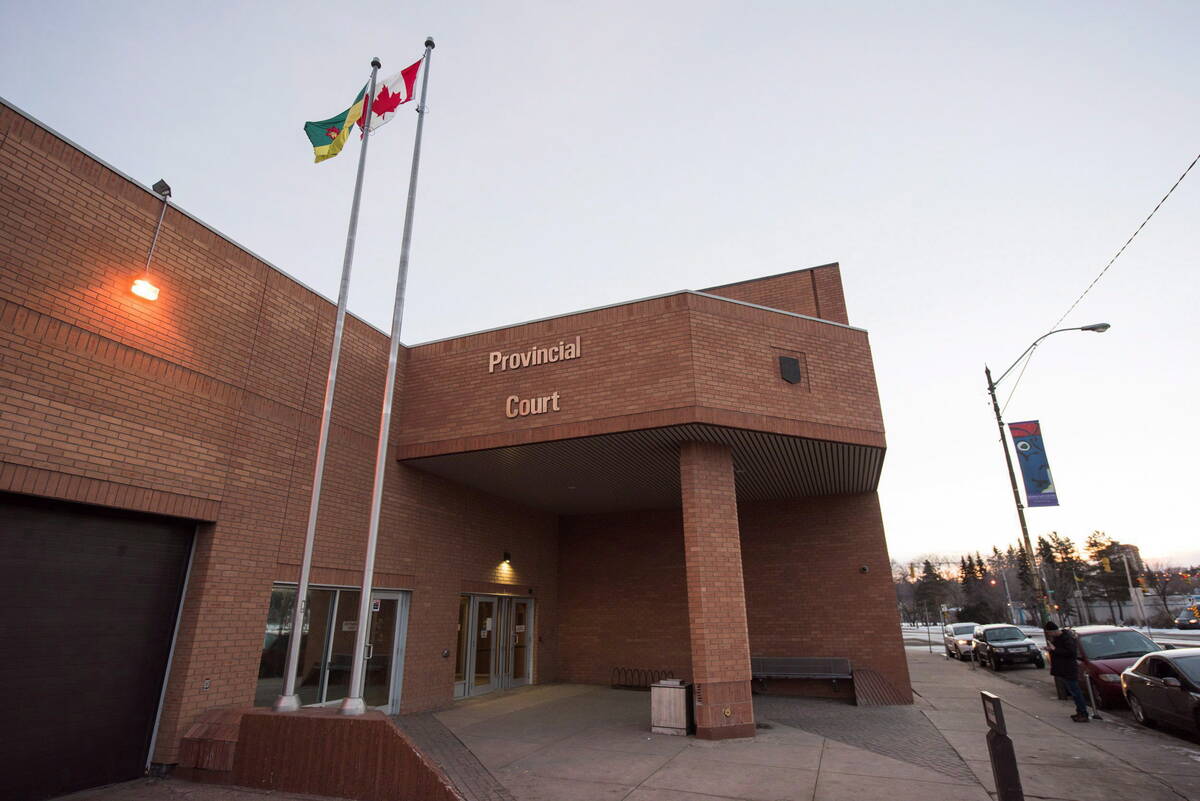Q: What is your opinion on body piercing? My 15-year-old daughter wants to get her navel pierced because she says all her friends are doing it and it is quite safe. She says she has researched it on the internet and believes that if it is done by a reputable person, it is fine. Do you think it is safe? She has already had her ears pierced. They are fine.
A: If your daughter is 15 and hangs around with a group of teenagers who have various parts of their bodies pierced, odds are that she is going to ignore all your good advice and go and get it done anyway.
Read Also

Understand limitation periods if considering civil suit
A limitation period refers to the amount of time a plaintiff has to commence a formal claim in court or lose their ability to pursue it.
Body piercing has been around for centuries. Apparently, Roman centurions had nipple rings and the ancient Mayans pierced their tongues for religious reasons. Egyptian pharaohs also pierced their navels.
There are certainly risks associated with any type of body piercing, even ears. The main problem is the risk of infection and the use of unsterile needles and equipment.
There is a slight risk of contracting HIV or hepatitis B or C if proper procedures are not carried out and instruments are shared with infected people.
More common bacterial infections can occur even with the use of sterile piercing instruments, depending on the site. Ear lobes and tongues have a good blood supply and so are more likely to heal without complications.
Tongue piercing may initially swell a lot, which can be quite scary, but the swelling usually subsides in a few days.
On the other hand, areas such as the top part of the ear where there is a lot of cartilage and a relatively poor blood supply do not heal as well.
Cartilage is also more prone to stretching and big, ugly holes can be the result of piercing these areas.
Nipple piercing can sometimes lead to a serious breast infection known as mastitis if the instrument burrows through any of the milk ducts in the nipple. It is difficult to avoid these ducts because some of them are too small to see with the naked eye.
Mastitis can lead to an inability to breast feed an infant later in your daughter’s life.
Navel piercing is popular, but infection is quite common in this area due to tight fitting clothes and a lack of air circulation.
Also, the navel is an area that easily collects dirt. There are other dangers because the navel is located so close to delicate internal organs.
Pieces of the jewelry can break off and might pierce the wall of the abdomen. This can occur as the result of contact sports or during a car accident when pressure from the seat belt could lead to a penetrating injury.
Safety tips
If your daughter insists on having her navel pierced, here are some tips to help keep her safe:
- Choose the establishment carefully and make sure sterile equipment is used and new gloves are worn for each person.
- Use good quality, sturdy jewelry. It is more expensive but less likely to break or lead to allergic reactions.
- Follow the proper instructions for keeping the area clean, using antiseptic.
- Until the area has healed, do not swim or use a hot tub. Healing can take four to six weeks.
- Protect the area with a bandage during sports activities. Later, once the area has completely healed, the jewelry should be removed for contact sports.
Clare Rowson is a medical doctor with a practice near Belleville, Ont. Her columns are intended for general information only. Individuals are encouraged to also seek the advice of their own doctor regarding medical questions and treatments.
















